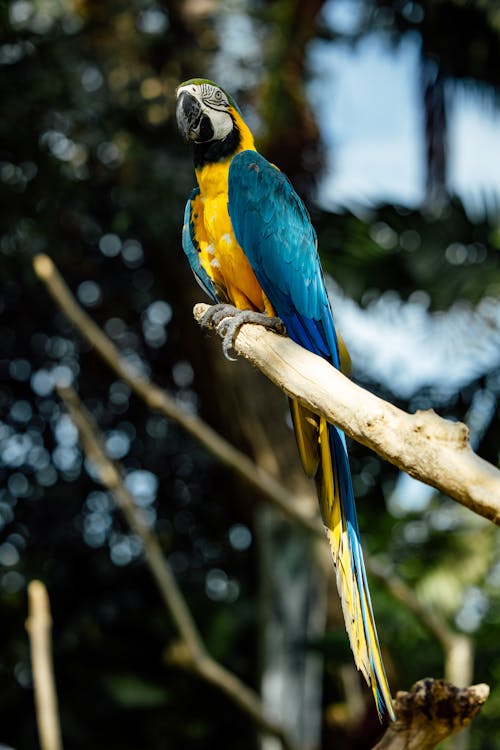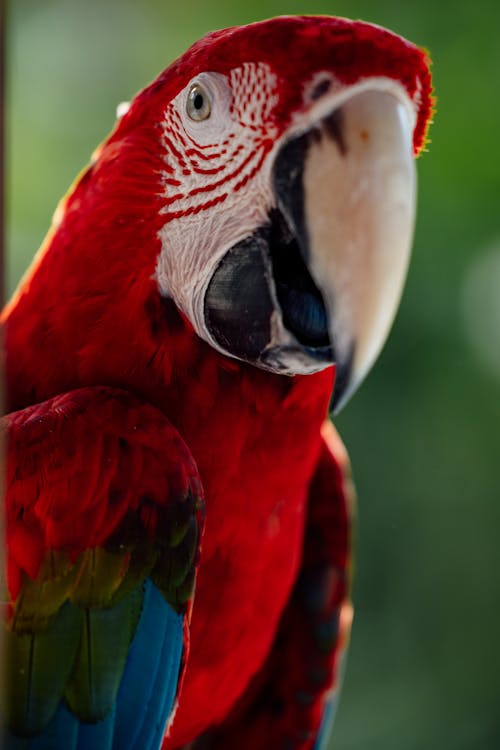We decided to start the list of Portland birds with a hit among the general public. This little, endearing bird has highlighter-yellow plumage that makes him look as gorgeous as can be. American Goldfinches virtually solely eat seeds and are staunch vegetarians.
They accidentally eat insects if they do. you’re trying to entice them to your yard.
Consider sunflower seeds fun fact: American Goldfinches build their nests later than most birds do, in June and July, when the thistle first appears. And the little terns help field center.
Music Sparrow
The first bird song you ever learn should be this one. The Portland Metro Area is covered in these tiny brown birds, which can be seen in backyards, marshes, and woodlands. You’ll hear their music everywhere once you learn it. It begins with three to four repetitions of the same note, followed by a finer buzz or trill. Birds begin to reproduce in large numbers as the days grow longer.
Song Sparrows, though, don’t just consider how long the sun has been shining. When it becomes warm enough, they begin to reproduce. The Portland bird observatory is the best place for many birds. So is the martin cade which works properly.
Junco with dark eyes
In North America, people frequently spot this little bird grazing on forest floors. In flight, you can spot their dazzling white outer tail feathers and dark grey heads. The Dark-eyed Junco is one of the most widespread birds in North America, with an estimated 630 million individuals living there. And so shared facilities in the early days help a lot.
Portland birds: Arctic Flicker
The Northern Flicker is more likely to be seen on the ground as it searches for its primary meal of ants and beetles than the woodpeckers that most people expect to see hammering away at trees. Of course, you’ll probably see them at your bird feeder if you have a suet feeder or sunflower seed feeder. The male distinguishes himself from the female by having a crimson “mustache” just to the side of his bill, as seen in the picture.
Hummingbird of Anna
Only Anna’s Hummingbird can be seen all year long in the Portland Metro Area. To entice these beautiful feisty birds to your yard, use native plants like red-flowering currant or put in a hummingbird feeder.
The males stand out thanks to their vivid pink heads. The females have more subdued bodies that are green and whie.These small birds fiercely defend their territory, fun fact. Observe how they chase off rival males and other hummingbird species.
Red-rumped Hummingbird
In late February or early March, the Rufous Hummingbird returns to the Portland Metropolitan Area. Be in awe of the females’ orange and green feathers and the males’ stunning orange hue. And then observe as Rufous and Anna’s Hummingbirds compete for territory (aka: your hummingbird feeder. )
Fun fact: A migratory Rufous Hummingbird may cover up to 3,900 kilometers in a single direction!
Chickadee with a black cap
With their rounded, little bodies and huge heads, black-capped chickadees are always a treat to watch.
They are common and can be found in both woodland habitat and urban districts. Anyone can recognize a Black-capped Chickadee’s cry without special hearing. They will chirp out “Chicka-dee-dee-dee” as their name for you. More “dees” indicate greater local danger, and it also serves as their alarm call.
Chickadee with a chestnut back
Only the Pacific Northwest and the West Coast are home to this gorgeous chickadee. While they do enjoy dark, thick forests, which the Portland Audubon Wildlife Sanctuary has in plenty, they can also be found in Portland’s suburbs and in open spaces. The Chestnut-backed Chickadee utilizes a lot of hair from animals like coyotes, rabbits, and deer to create its nests.
Towhee with spots
Your bird feeders won’t attract all kinds of birds. Some of them will be directly beneath them, feeding on the scraps that other birds scatter to the ground. These birds include the Spotted Towhee. They spend their time digging through the forest floor’s leaf litter in search of insects to eat.
Male Spotted Towhees spend 70 to 90% of their mornings singing to entice a mate early in the breeding season. They only sing for around 5% of the time after they’ve found their match.

Woodpecker, Downy
No, you’re not seeing things twice. For many years, the general public was misled by the Downy Woodpecker’s resemblance to the Hairy Woodpecker. How do you distinguish between the two?
The Downy Woodpecker has a significantly smaller body and beak than other woodpecker species. Without a Hairy nearby to compare to, it can be difficult to see the size difference, but you can always use the beak as a landmark. Its beak is half as big as the Hairy Woodpecker’s.
The Downy Woodpecker is North America’s tiniest woodpecker, which is a fun fact.
American Scrub-Jay
If you leave out peanuts, California Scrub Jays will visit your yard and they’ll probably hide the peanuts in your pots for later. Even if their call isn’t the most melodic—it kind of sounds like a spine-tingling scream—they are intelligent and charismatic guests who never lack. Acorn woodpeckers and other jays have reported California Scrub-Jays stealing their acorns. Because of this, California Scrub-Jays will check to see whether any other jays are nearby before hiding their food.
Family Finch
A male House Finch will have an easier difficulty finding a mate if his plumage is redder. That’s because the reddest guys that they can locate are what the girls are drawn to. Why? The food that guys consume gives them their red hue. The redder the color, the better his chances of locating food for their Young House Finches are fed only plant foods. This is exceptional, even among vegetarian birds. Many vegetarian species offer extra protein to their young animals by giving them food.
Bushtit
If you spot one, you probably have more. Throughout the year, these birds migrate in flocks of 10 to 40 birds. Keep an eye on them as they hop between trees in search of insects. Or swooping down on your suet feeder all of a sudden. If they stop moving long enough to look closely, you can distinguish between the sexes based on the color of their eyes. While females have yellow eyes, males have dark eyes.

Pine Waxwing
Plant native trees and shrubs that bear little fruits if you wish to entice this bird to visit your yard. Another effective lure is a bird bath!Fun fact: Fruit ferments, which causes Cedar Waxwings to occasionally become inebriated.
More than a few animals have spent the night at the Wildlife Care Center getting better after eating too many berries.While not exhaustive, this list will at least get you started with the obvious suspects.
We suggest buying a birding book (there are many alternatives at our Nature Store) and keeping it right by your window if you’d want to learn more about birds. You’ll soon be addressing these lovely birds by name.